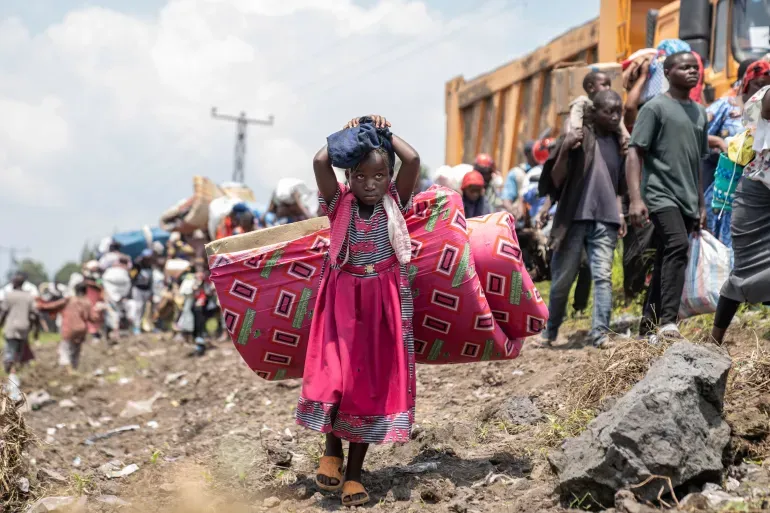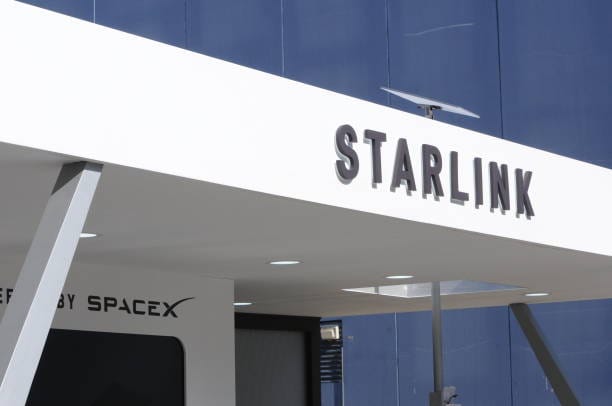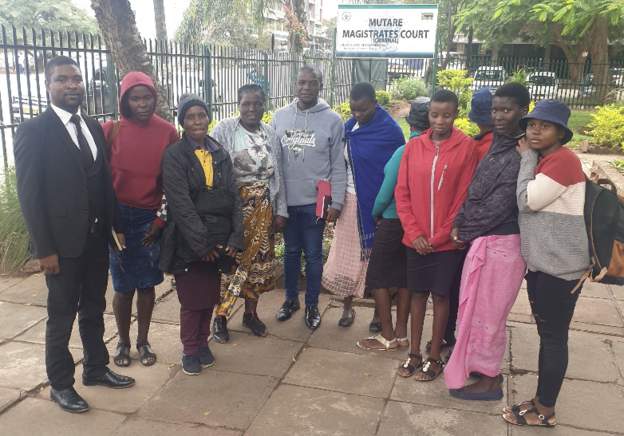[ad_1]
Goma, Democratic Republic of Congo – The city of Goma in eastern Democratic Republic of the Congo (DRC) stands on the brink of conflict as activists and aid workers sound the alarm over the dire situation in the region. The United Nations has highlighted an urgent humanitarian crisis, with one in four Congolese facing hunger and malnutrition, according to Bintou Keita, head of the UN’s DRC peacekeeping mission, MONUSCO.
The security situation in the eastern DRC has rapidly deteriorated, with more than 7.1 million people displaced within the country, marking an increase of 800,000 in just three months. The resurgence of violence, particularly the heavy fighting between the Congolese army and the M23 armed group since February, has forced hundreds of thousands to flee, threatening the stability of the regional economic hub, Goma.
M23’s territorial expansion has reached unprecedented levels, bringing the conflict dangerously close to Goma, particularly as battles near the village of Sake, just 25 kilometers away. Shelley Thakral, a spokesperson for the World Food Programme, described the situation as reaching a “breaking point” after visiting Goma. With makeshift tents sprouting along roads and desolate areas, those displaced face overwhelming conditions without access to basic aid.
The influx of refugees into Goma has seen a spike in the prices of basic commodities and a disruption in health services. Local activist John Anibal of the LUCHA civil society group warns that “the situation is at its worst and war is at the door.”
The escalation of violence is characterized by a significant increase in the use of explosives, shelling, and air raids. The conflict is not only a struggle for territorial control but also intertwined with the exploitation of the region’s rich mineral resources, including cobalt and coltan, essential for the production of batteries for electric vehicles and various electronic devices.
The situation is further complicated by historical grievances, such as the aftermath of the Rwandan genocide and the involvement of various armed groups, including those supported by neighboring countries. Accusations have been leveled against Rwanda for backing the M23, a claim that Kigali vehemently denies.
As the UN’s MONUSCO mission begins its withdrawal after 25 years, the Congolese government has sought alternative solutions, including military interventions by regional forces. However, skepticism remains regarding the effectiveness of these measures in addressing the root causes of the conflict.
Observers like Felix Ndahinda, a researcher on conflict in the Great Lakes Region, argue that without addressing structural governance issues, interethnic rivalries, and the lack of state presence in remote areas, any intervention is likely to offer only a temporary respite from the ongoing crisis.
The international community watches closely as the situation in eastern DRC unfolds, with calls for a comprehensive strategy to resolve the deep-seated issues plaguing the region and prevent a further humanitarian catastrophe.
[ad_2]
Source link





